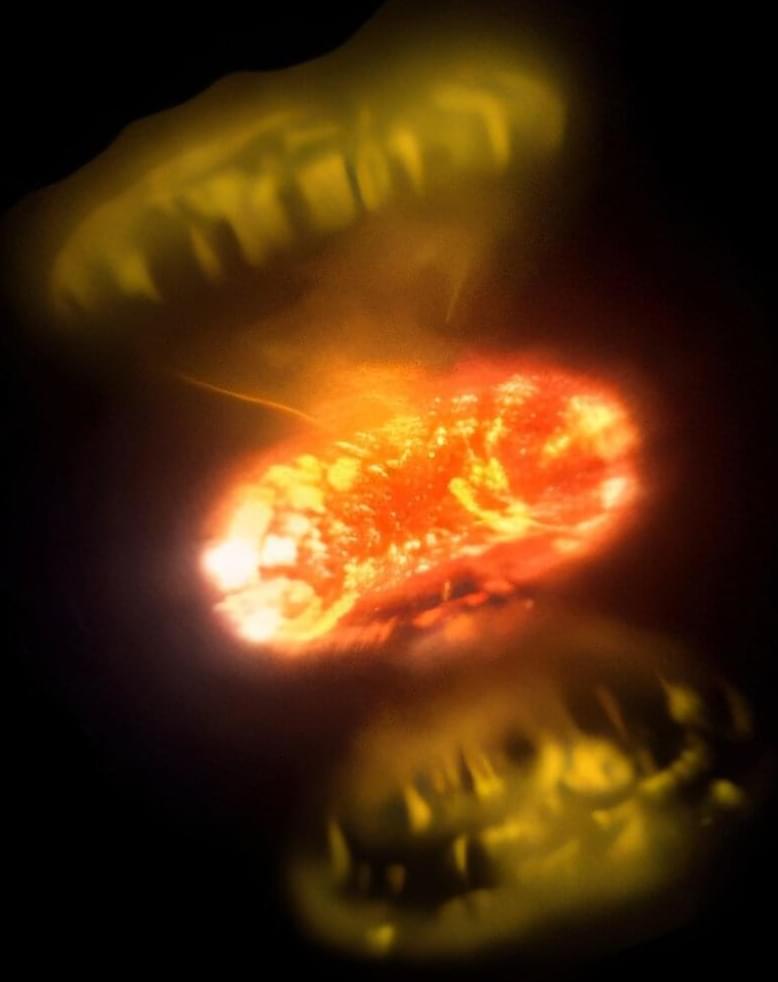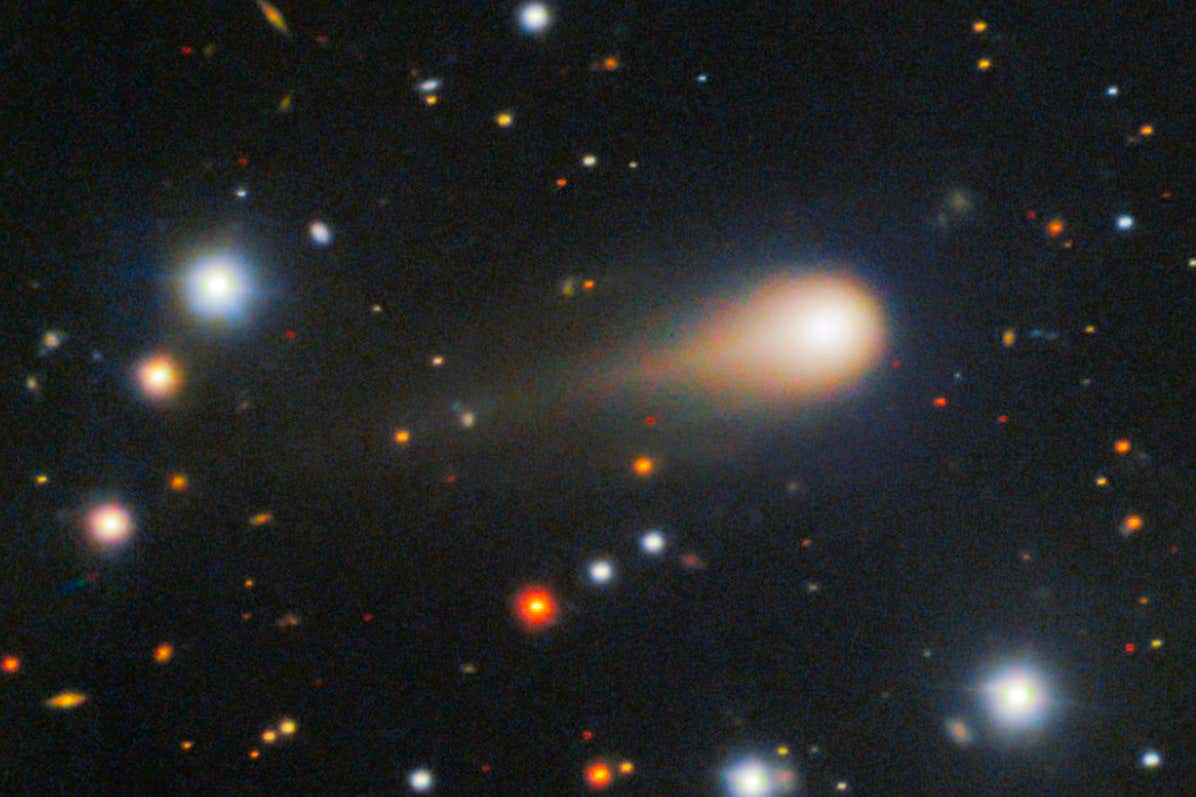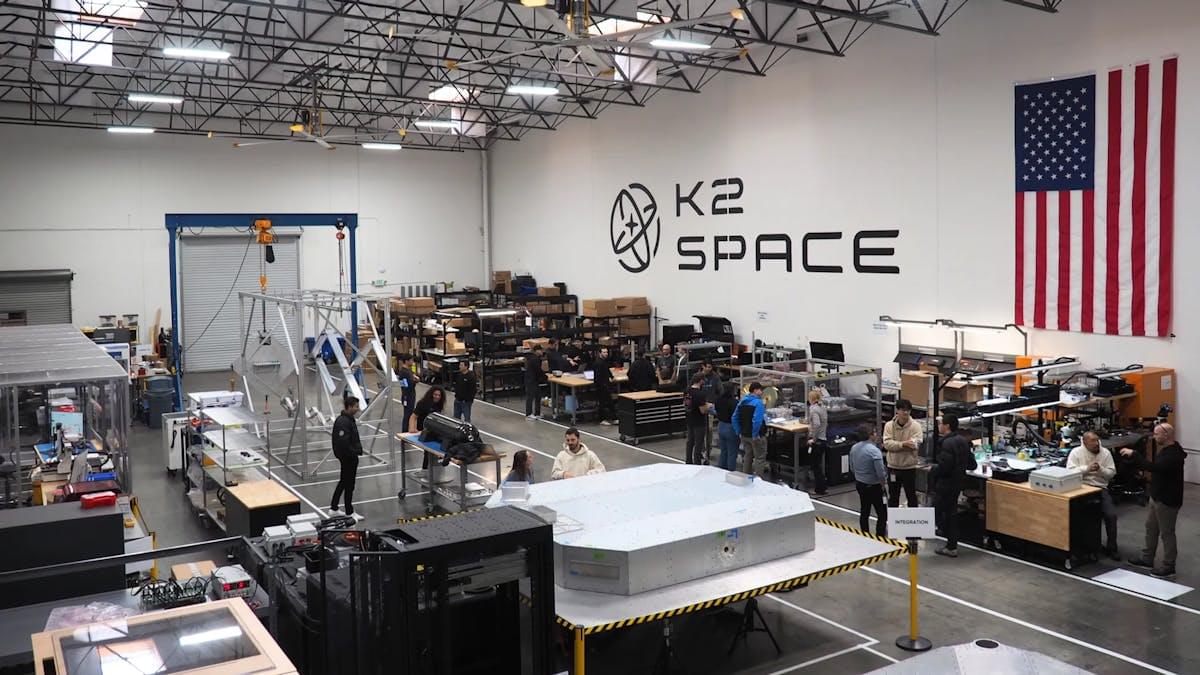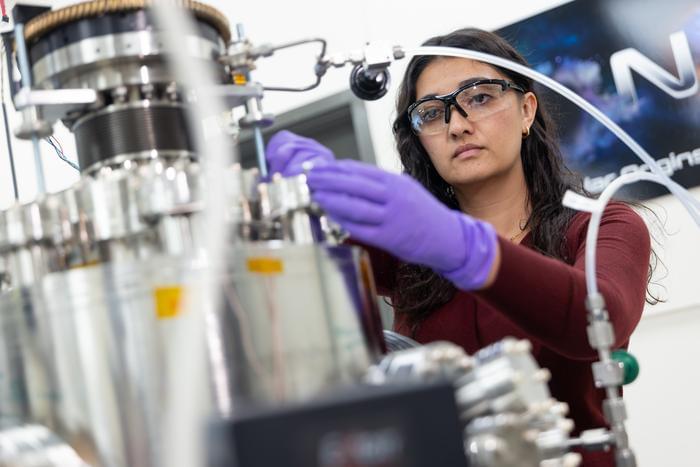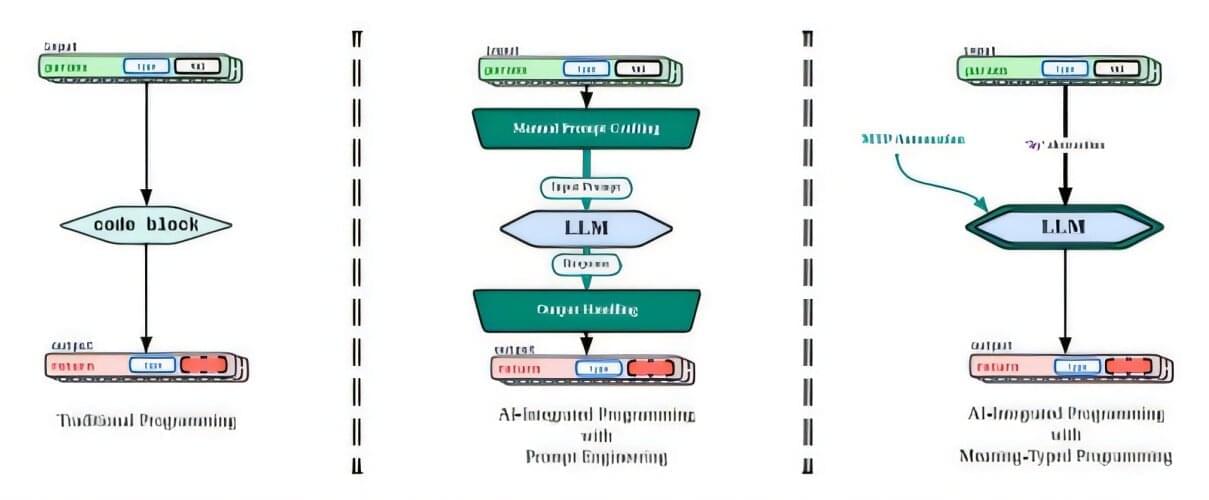A University of Southampton study has revealed an intriguing new clue in the mystery of what triggers periods of very intense, brightly colored activity during displays of both the southern and northern lights.
Known as a “magnetospheric substorm,” this awe-inspiring phenomenon, which blankets the night sky in green and purple, is almost always preceded by what space scientists call “auroral beads”—a necklace-like wave of multiple luminous points of light which eventually evolve into the storm.
Southampton scientists have now shown there is a link between these auroral beads and the intensity of low frequency radio waves above the aurora in Earth’s magnetosphere—a vast area around our planet that is dominated by its magnetic field. Their findings are published in Nature Communications.


